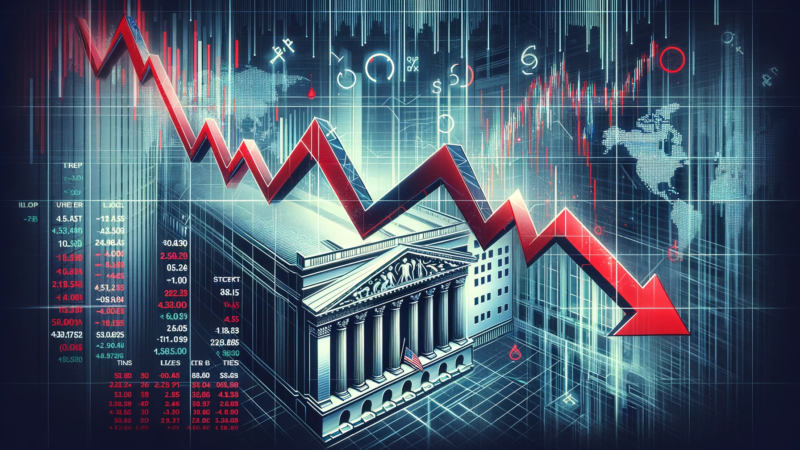Which is the better investment option: ETFs or mutual funds?
One of the most important things you must do is to secure your financial future. You have various choices at your disposal to guarantee that your investments produce sufficient returns following your financial objectives.
Mutual and exchange-traded funds (ETFs) can offer your portfolio several advantages, including low-cost and immediate diversification. But there are also significant distinctions, most notably in how pricey the funds are.
What are mutual funds?
Mutual funds are diversified holdings trading investment funds that are professionally managed. You can invest in various securities, including bonds, equities, and many more, through mutual funds.
A mutual fund share entitles you to the same gains and losses as the other owners. The gains you obtain on a mutual fund are shown by the net asset value (NAV) of the units computed at the close of the day. The value of the underlying securities affects how much the NAV changes.
What are ETFs?
Exchange-traded funds (ETFs) function very similarly to a mutual fund. They often follow a certain sector, index, commodity, or other asset, but unlike mutual funds, they can be bought or sold on a stock market exchange just like normal stocks can.
The ETF’s price may fluctuate during the day. The underlying assets or stock’s net asset value is used to calculate the market price.
ETFs come in a variety of forms. Some of them are current ETFs, equity ETFs, bond ETFs, commodity ETFs, inverse ETFs, gold ETFs etc.
Difference between mutual funds and ETFs
| Mutual funds | ETFs |
| Most mutual funds have a set minimum cost. | There is no set minimum investment amount for ETFs. |
| The lock-in period for ELSS is three years. There is no lock-in period for other mutual funds. | No lock-in period. The shareholders can sell your investments whenever you want. |
| Experts actively manage index-tracking mutual funds. The selection of assets is made to outperform the index and produce better results. | Exchange Traded Funds (ETFs) follow an index, which means you attempt to replicate the price changes and returns shown in the index by putting together a portfolio of securities similar to the index members. |
| Only by submitting a request to the fund house you can start to purchase and sell mutual fund units. The current value of the fund is determined by its NAV. NAV, thus, represents the cost of each unit of a mutual fund. | Exchanged openly on the market. You are free to buy and sell as you deem fit. Like common equity shares, the market price of an ETF is accessible in real-time. The cost of the ETF fluctuates throughout the day, to put it simply. |
Which one is better?
Both solutions are fantastic choices for creating a diversified investment portfolio. But there are many things to think about before selecting a fund. These include –
- Risk tolerance
- Time horizon
- Financial objectives
- Taxation
- Investment liquidity
You can prioritise liquid investments over long-term investments. While the nature of the funds is relatively similar, offering a diverse investment portfolio, your investing track record can profit from a balanced and intelligent combination of ETFs and mutual funds.
Exchange Traded Funds (ETFs) provide greater flexibility and superior short-term returns. At the same time, you can invest in mutual funds for a more extended term, which helps establish a future corpus. Whether to invest in a mutual fund or an ETF is up to you, who must weigh all the options.
Final note
ETFs and mutual funds have very similar characteristics. You can combine various investment vehicles wisely and healthily to create a diverse portfolio.
Mutual funds and ETFs have diverse portfolios, which may appeal to you as less risk-tolerant, but it still has market dangers that potential investors should be aware of before investing. However, you can comprehend how each of these funds operates.






